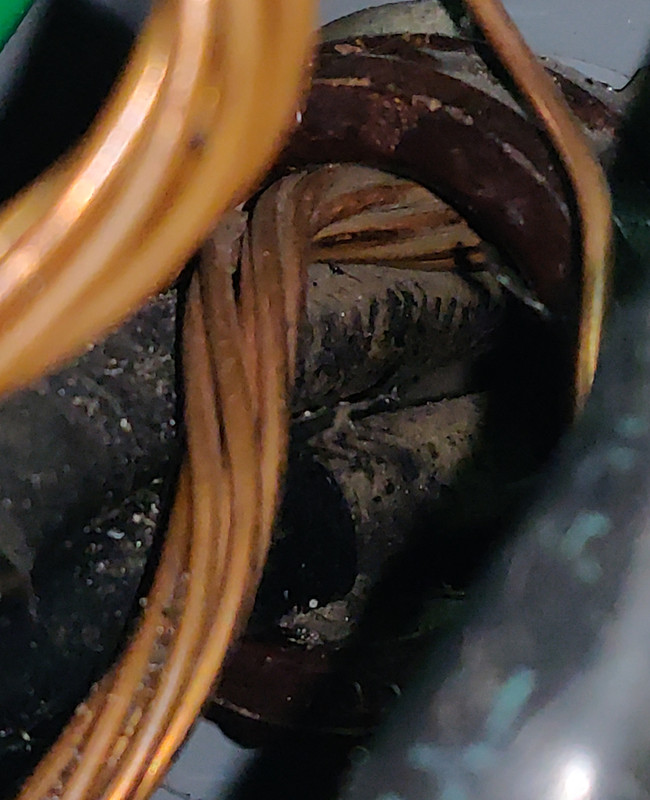D
Deleted member 200956
Guest
The area that I work in has numerous houses with sub-panels that are fed with a 3 wire SE cable, two hots and a bare neutral/ground and all the grounds and neutrals are on the same bus bar. The obvious fix is to re-pull a 4 wire SER cable and separate the grounds and neutrals but this is a hard sell. Is it code compliant to just pull an appropriate sized separate ground from the same source as the original SE cable? Or should I pull a separate insulated neutral and use the bare uninsulated conductor in the SE cable as the ground? Also when was the first year that neutrals and grounds needed to be separated added to the code book? Must have been 50's or earlier?

